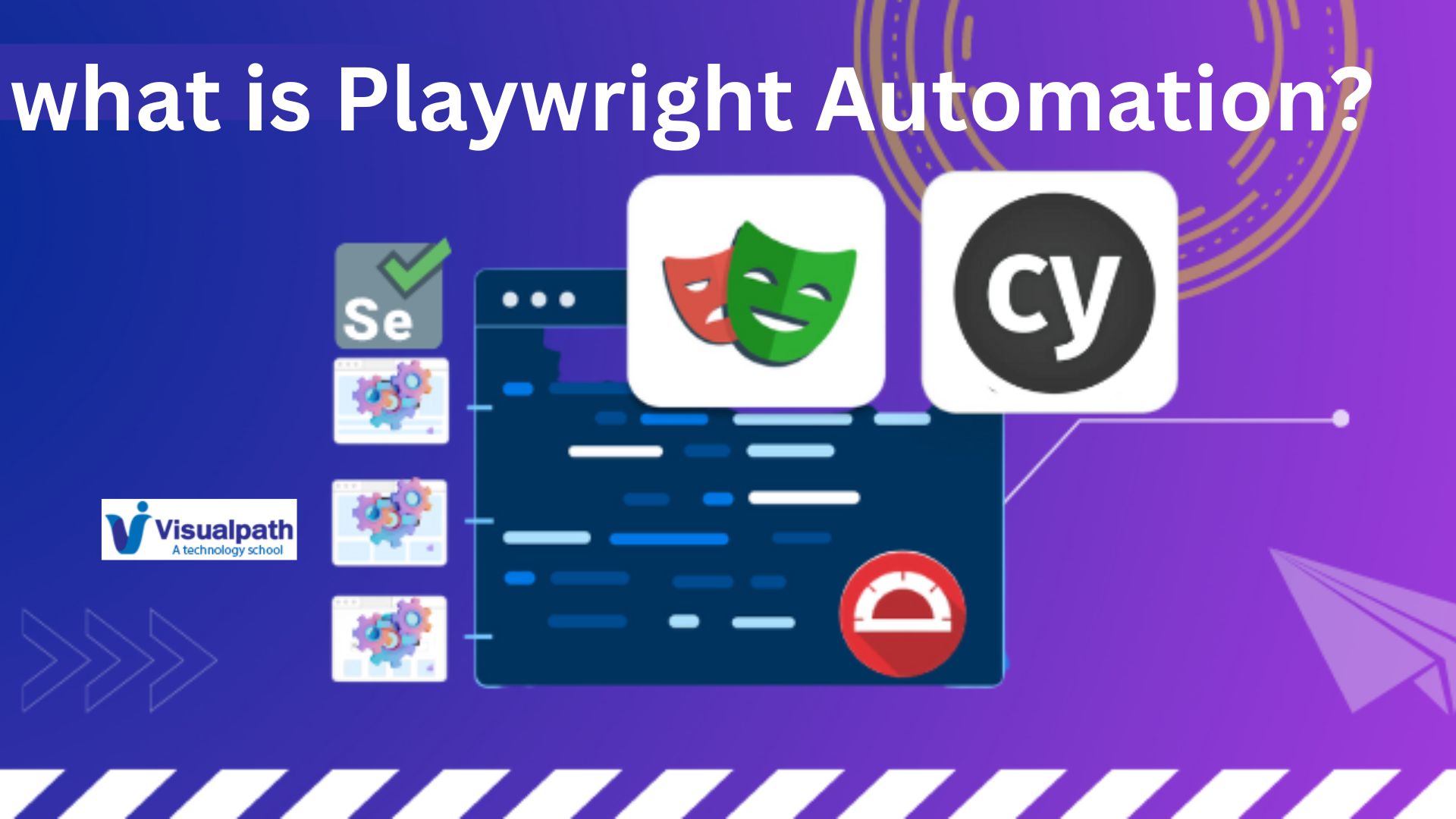Automation testing has become a crucial part of modern software development, ensuring faster releases and higher-quality applications. Among the various automation tools available, Playwright Automation stands out as a powerful end-to-end testing framework. Developed by Microsoft, Playwright supports multiple browsers and languages, making it a preferred choice for developers and testers. In this guide, we will explore how to get started with Playwright for automation testing.
What is Playwright?
Playwright is an open-source automation testing tool designed for web applications. It allows testers to write reliable and scalable tests that run across different browsers, including Chromium, WebKit, and Firefox. Playwright supports JavaScript, TypeScript, Python, Java, and C#, making it highly flexible for various development teams.
Why Choose Playwright for Automation Testing?
Playwright offers several benefits that make it a superior choice for automation testing:
Cross-browser Testing: Run tests on multiple browsers simultaneously.
Headless Mode: Execute tests in headless mode for faster execution.
Auto-wait Mechanism: Automatically waits for elements to be ready before interacting.
Network Interception: Mock API requests and responses during test execution.
Multi-tab and Mobile Testing: Test multiple pages and simulate mobile devices effortlessly.
Setting Up Playwright
To get started with Playwright, follow these steps:
Step 1: Install Node.js
Playwright requires Node.js. Download and install the latest version from the official Node.js website.
Step 2: Install Playwright
Once Node.js is installed, open a terminal and run the necessary command to install Playwright. This command initializes a Playwright project and installs the required dependencies.
Step 3: Verify Installation
To ensure Playwright is installed correctly, run the appropriate command to download the necessary browser binaries for testing.
Writing Your First Playwright Test
Now that Playwright is set up, let’s write a simple test to check if a webpage loads correctly.
Create a new test file and define a test case to navigate to a webpage and check its title.
Run the test using the Playwright command-line interface.
If the test passes, Playwright successfully navigated to the webpage and verified the title.
Running Tests in Different Browsers
Playwright supports running tests in different browsers. Modify the test command to specify a browser such as Firefox, Chromium, or WebKit.
Debugging Playwright Tests
Playwright provides debugging tools to make test execution easier:
Playwright Inspector: Runs tests in debugging mode.
Trace Viewer: Captures and inspects traces for debugging test execution.
Integrating Playwright with CI/CD
Playwright can be integrated into CI/CD pipelines using tools like GitHub Actions, Jenkins, and CircleCI. Adding Playwright tests to your pipeline helps automate testing in the deployment workflow.
Conclusion
Playwright is a robust and flexible test automation framework that simplifies cross-browser testing. With its powerful features like network mocking, auto-wait, and parallel execution, PlayWright Automation Training ensures reliable and efficient testing. By following the steps outlined in this guide, you can start leveraging Playwright to automate your web application tests.
Trending Courses: Cypress, GCP Data Engineer




